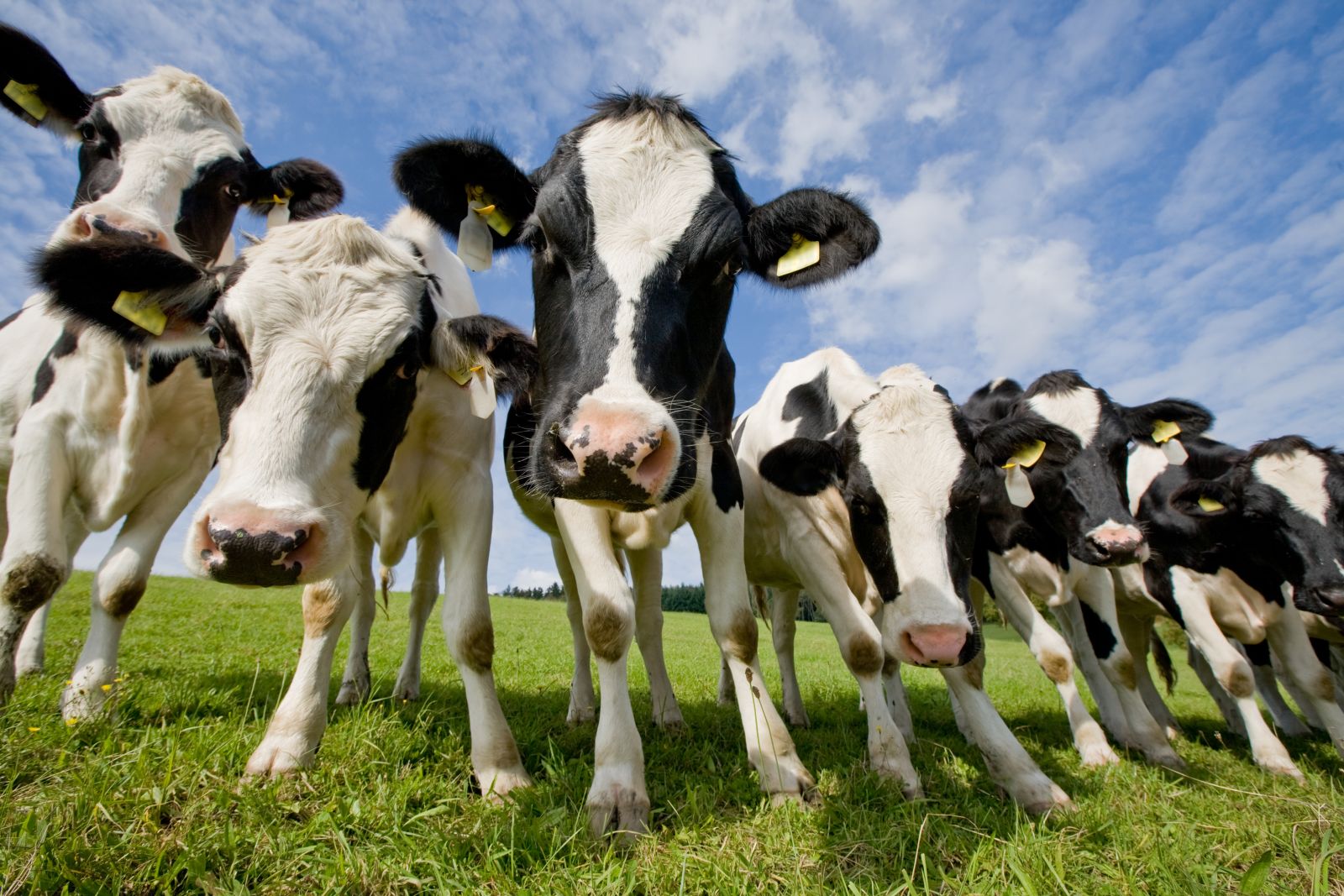
The live (LEQ25) and feeder cattle (GFQ25) futures markets last week saw profit-taking from speculators and closed out the week with technically bearish weekly low closes on Friday. That suggests some follow-through, chart-based selling pressure early this week. The near-term technical postures for live and feeder cattle futures markets have started to slightly deteriorate. More importantly, the cash cattle (GFY00) (LEY00) and fresh beef markets are also showing mild signs of weakness.


Cash Cattle and Beef Market Fundamentals Weaken Slightly
The cash cattle trade as of midday Friday was relatively light. The USDA reported late Friday morning that steers were fetching an average of $238.00, while heifers averaged $237.00. The week prior’s average cash cattle trade was reported at $238.68, for an eighth straight week of record high average cash cattle prices. That streak is now in jeopardy. USDA will report its final cash cattle average trading price near midday Monday.
The fresh beef market is also starting to see prices slip. The boxed beef report Friday showed wholesale beef prices mixed, with Choice falling $3.29 to $390.50 and Select climbing $2.36 to $376.95. Select-grade reached a new for-the-move high Friday, after Choice-grade did the same Thursday.
The Cattle-on-Feed Report Is Still Long-Term Bullish
Last Friday afternoon’s monthly USDA cattle-on-feed report showed U.S. cattle on feed down 1%, which was close to trader expectations. Cattle and calves on feed for the slaughter market in the U.S. for feedlots with capacity of 1,000 or more head totaled 11.4 million head on June 1, 2025. The cattle inventory was 1% below June 1, 2024. Placements in feedlots during May totaled 1.89 million head, 8% below 2024 and lower than market expectations. Net placements were 1.82 million head. During May, placements of cattle and calves weighing less than 600 pounds were 335,000 head, 600-699 pounds were 275,000 head, 700-799 pounds were 450,000 head, 800-899 pounds were 516,000 head, 900-999 pounds were 230,000 head, and 1,000 pounds and greater were 80,000 head. Marketings of fed cattle during May totaled 1.76 million head, 10% below 2024 and lower than market expectations.



Other Fundamentals at Work in the Cattle Markets This Week
Cattle producers and traders over the weekend were closely monitoring scorching heat in the U.S. Plains states. Temperatures near 100 degrees, heat indexes near 110 degrees, and high winds likely caused some livestock stress that will at least impact weight gain.
Risk appetite in the general marketplace is likely to play a significant role in cattle futures trading in the near term. A major escalation in the Israel-Iran war that has now drawn the U.S. into military action over the weekend is likely at least initially stock-market bearish, and if risk aversion remains elevated for a longer period, it may lead to eroding consumer confidence and potentially less consumer demand for beef at the meat counter.

Don’t Count the Cattle Market Bulls Out Just Yet
If cattle futures trading action so far this year has shown one thing, it’s that cattle bulls are very resilient. Not only are historically light cattle numbers on feed bullish, but consumer demand for beef remains strong as peak grilling outdoor season is at hand.
The present steep discounts that live cattle futures hold to the cash cattle market also suggest limited downside in futures in the near term. However, the around-$30 discount October live cattle futures (LEV25) hold to the cash cattle market is also indicative that cattle futures traders do not expect such presently elevated cash cattle prices in the months ahead.
On the date of publication, Jim Wyckoff did not have (either directly or indirectly) positions in any of the securities mentioned in this article. All information and data in this article is solely for informational purposes. For more information please view the Barchart Disclosure Policy here.






